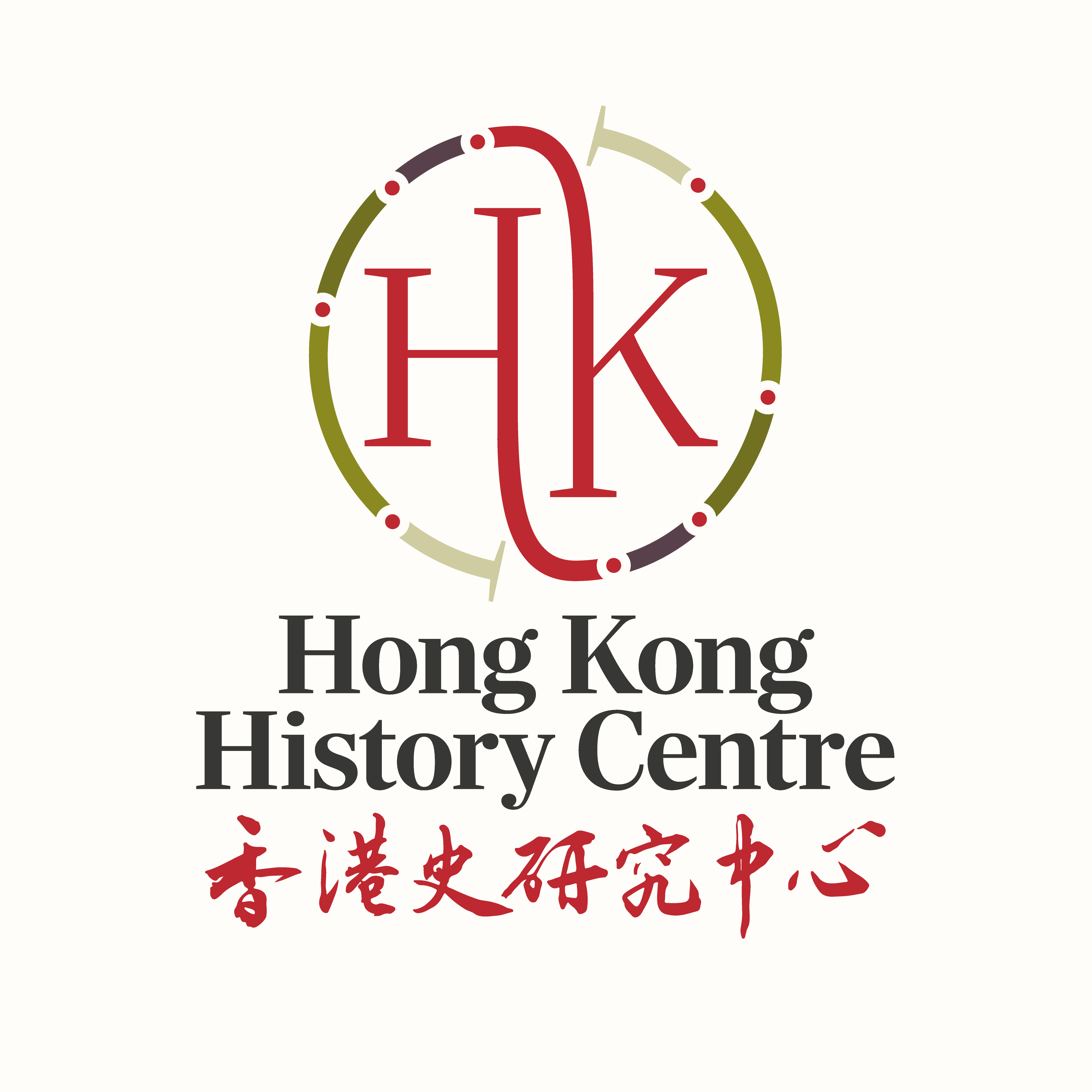
By Vaudine England.
A dear friend and colleague from a past journalistic life — educated, erudite and well-informed — delighted in saying: ‘I hate history!’ Why bother with stories of days gone by when so much is happening, right now? …
03/02/16
By Vaudine England
Lethbridge’s article, ‘The Yellow Fever’, had concluded with an image of how the different, mostly non-Chinese peoples of Hong Kong interacted, or not:
‘The full flavour of the European community is to be savoured at a gala …
22/12/15
Dissertation Reviews has posted a review of Kaori Abe’s fascinating doctoral dissertation, The City of Intermediaries: Compradors in Hong Kong from the 1830s to the 1880s. Take a look at:
http://dissertationreviews.org/archives/12498.
Kaori is currently Postdoctoral Fellow in …
27/11/15
By Vaudine England
Just two serious articles were published on the subject of Eurasians in Hong Kong in the 20th century. A bold claim – and one on which I’d be delighted to be proven wrong!
The first came in …
06/11/15
Continuing their espousal of the Eurasian ‘problem’, two authors writing in 1955, Thompson & Adloff, lament the small size of Eurasian communities and their lack of cohesion which leaves them in a weak bargaining position; despite being stable and smart, …
16/10/15
By Vaudine England
Looking at how other colonies’ histories have tackled the topic of Eurasians gives useful clues to how researchers might tackle Hong Kong’s Eurasians.
An early effort looking at South East Asia was Virginia Thompson and Richard Adloff’s …
02/10/15
By Vaudine England
For a place which has so often been so eulogised for being such a marvellous meeting of East and West, the detail of the most intimate connections between east and west is surprisingly uncovered. Fiction has largely …
11/09/15
By Vaudine England
This week (on 3 September) the Chinese government has decreed a special one-off public holiday (and vast military parade) to mark what it calls China’s victory over Japan 70 years ago. As with all anniversaries, a plethora …
03/09/15By Vaudine England.
A dear friend and colleague from a past journalistic life — educated, erudite and well-informed — delighted in saying: ‘I hate history!’ Why bother with stories of days gone by when so much is happening, right now? …
03/02/16By Vaudine England
Lethbridge’s article, ‘The Yellow Fever’, had concluded with an image of how the different, mostly non-Chinese peoples of Hong Kong interacted, or not:
‘The full flavour of the European community is to be savoured at a gala …
22/12/15Dissertation Reviews has posted a review of Kaori Abe’s fascinating doctoral dissertation, The City of Intermediaries: Compradors in Hong Kong from the 1830s to the 1880s. Take a look at:
http://dissertationreviews.org/archives/12498.
Kaori is currently Postdoctoral Fellow in …
27/11/15
By Vaudine England
Just two serious articles were published on the subject of Eurasians in Hong Kong in the 20th century. A bold claim – and one on which I’d be delighted to be proven wrong!
The first came in …
06/11/15Continuing their espousal of the Eurasian ‘problem’, two authors writing in 1955, Thompson & Adloff, lament the small size of Eurasian communities and their lack of cohesion which leaves them in a weak bargaining position; despite being stable and smart, …
16/10/15By Vaudine England
Looking at how other colonies’ histories have tackled the topic of Eurasians gives useful clues to how researchers might tackle Hong Kong’s Eurasians.
An early effort looking at South East Asia was Virginia Thompson and Richard Adloff’s …
02/10/15By Vaudine England
For a place which has so often been so eulogised for being such a marvellous meeting of East and West, the detail of the most intimate connections between east and west is surprisingly uncovered. Fiction has largely …
11/09/15By Vaudine England
This week (on 3 September) the Chinese government has decreed a special one-off public holiday (and vast military parade) to mark what it calls China’s victory over Japan 70 years ago. As with all anniversaries, a plethora …
03/09/15